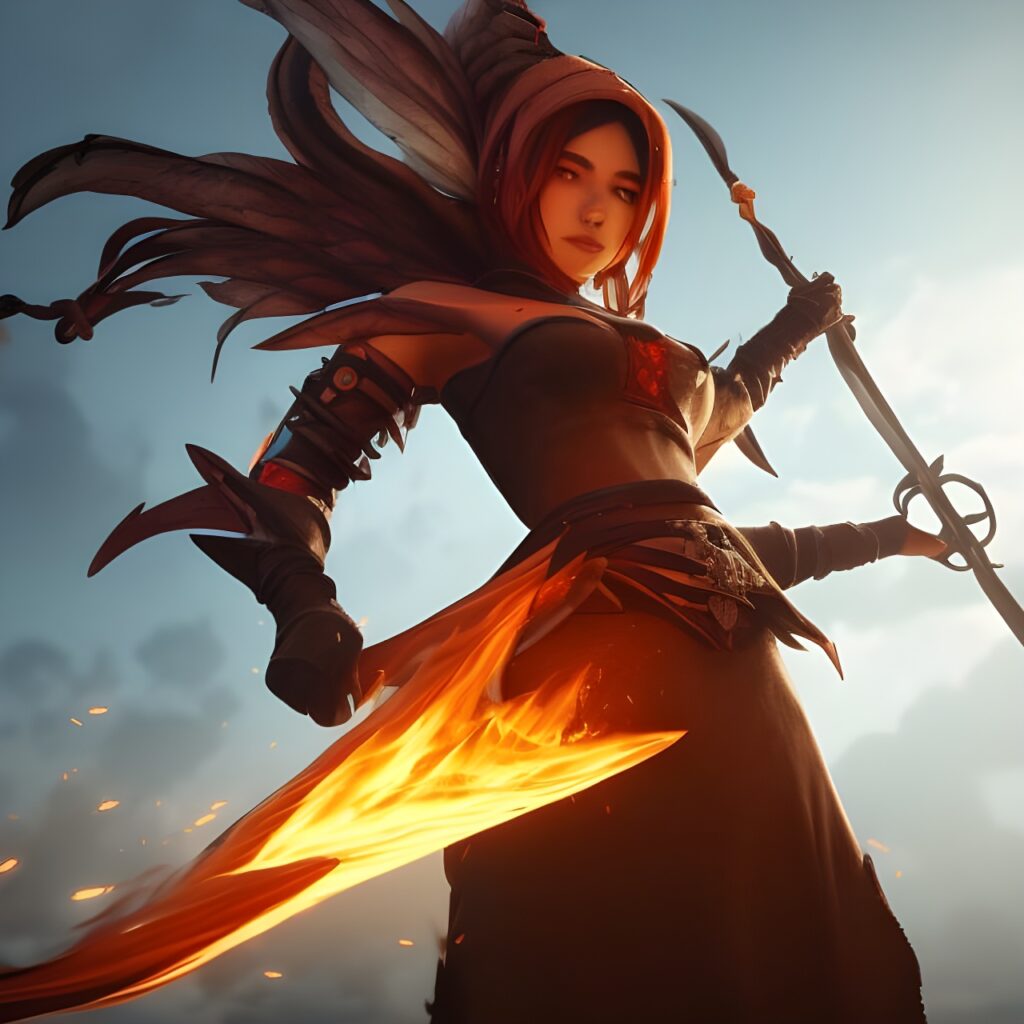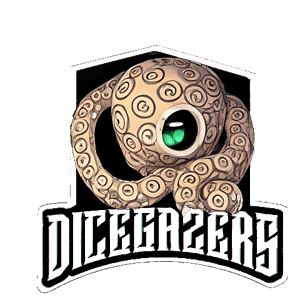Are you new to tabletop RPGs and wondering what the most popular tabletop RPG is? With all the TTRPGs available now it can be hard to find out what to play and what setting to go with, luckily where it started is easy to determine.
Tabletop RPGs originated in the 1970s with Dungeons and Dragons (D&D). It was heavily influenced by the fantasy literature of the time. Of those that originated D&D is the largest based on play and sales from many sources (Roll20 Orr report shows 52% of campaigns as DnD 5e).

History of Tabletop RPGs
Dungeons and Dragons was created by Gary Gygax and Dave Arneson. Prior to its publishing in 1974 there were miniature wargames, and a game called Chainmail. Chainmail served as a basis for D&D’s initial rule system. D&D became much more than a standard wargame allowing those involved much more creativity, development, and interaction.
Wargames are limited to one person playing against another person with the armies they have prepared, a kind of overland chess game. Tabletop roleplaying games allow players to create an entire character on paper complete with likes and dislikes, stats, equipment, and more. The Dungeon Master is in charge of the world they are “living” in, from the NPCs to the environment and what’s going on in it.
As with every industry, many other game systems came out to compete with Dungeons and Dragons. Even with the competition Dungeons and Dragons has maintained its prominence in the industry. Part of that success is the change in rules they have gone through to make it more player friendly. Another large part of it is the free license that was put in place that other companies have made liberal use of.
Companies creating their own modules, dungeons, optional rules, settings, and the like have given rise to a lot of additional exposure for Dungeons and Dragons. This has brought new players and old players alike to new areas and many new adventures.
How to play
Most tabletop roleplaying games, including Dungeons and Dragons, have a structured rule system and open-ended game setting. The basic setup for tabletop RPGs is to have one person act as the artibor, or judge, of what happens in the game and is called the Dungeon Master or Game Master (depending on your game or preference). Players create characters that interact with the game world and generally form a party to go on adventures that the Game Master has created.
The rule system helps determine the outcome of players’ and nonplayer characters’ actions during those adventures. As players make choices and run around doing what they do, new story parts will become exposed furthering the overall story the Dungeon Master has in store. For more seasoned players they may simply sit down and create characters and then start taking actions that the GM arbitrates.
This kind of game is more player-focused allowing the players and game master to create a story on the fly. This style of game requires the game master to be knowledgeable about the game system and comfortable with spur-of-the-moment decisions/responses.
For the most part, players can go where they want in a tabletop roleplaying game. However, this doesn’t mean dungeon masters should just let them get away with any kind of action. Roleplaying games sort of simulate real life and as there are consequences in life, so there should be in your roleplaying game as well. Most players, at one point or another, get caught up in loot gathering, which can cause players to do things they wouldn’t do in real life.
One of the big draws for tabletop roleplaying games is to take your character and gather experience and magical equipment. As your character adventures, they may run into dungeons where monsters or bad guys are. They will go through and clear out the dungeons to find the gold, and gear within. Dungeons and Dragons uses an experience system that is multifaceted, awarding experience for defeated creatures, accomplishing goals, and many, many other factors.
Getting started
The first step in a roleplaying game is for a dungeon master to come up with a game idea (or purchase a module for fast starting). This game idea is often referred to as a campaign. It consists of a major end goal the characters are intended to work towards. This goal is then broken down into many smaller steps leading up to it. The Lord of the Rings Fellowship of the Ring series is a good example of a campaign idea. You have a big bad guy trying to take over the world through his many underlings.
How the players decide to defeat the bad guy is totally up to them, though the campaign idea may have required items needed to do so (like the One Ring). In order for the players to go on adventures they are usually introduced to the campaign idea by the game master and then a “session one” is usually done. This is usually the first game session where all the players and game masters meet for the first time and start planning characters. Rolling stats, determining party composition, and the like usually starts during this day.

Tabletop RPG gameplay
There are a few things that players must have in order to play, though they can be provided by others at first. The first thing that the group is going to need is The Players Handbook, The Dungeon Masters Guide, and a set of dice (d4, d6, d8, d10, d12, and d20).
All major actions in a game are resolved using dice. Some game systems only use d10s, d6, or percentile (2 d10s work). Dungeons and Dragons have always used the D20 system, which is where the set of 6 dice came from. In Dungeons and Dragons, attacks and skills are done on d20s. The other dice are generally used for damage, or effects of one sort or another. Other systems, Rifts, for example, use percentile rolls for all skills, d20 for attack and defense. Other things can be used during gameplay but are not required.
Miniatures
Miniatures are a very common accessory when playing in person. Those playing online can play on a virtual tabletop with digital character icons similar to miniatures. These are intended to portray the position of your character and the world around you. Using the game system you determine your actions, movements based typically on a grid system. If you have a movement of 6, then you can move up to 6 squares, or hexes during a round and take an action.
Miniatures have been around for years and come in 2 main styles, plastic, and metal. Metal miniatures are much less common and far more costly to purchase. Plastic miniatures are often a far more economical option and in my opinion, a better choice since they can be painted more easily. You can even purchase painted miniatures online if you so desire.
Check this post of 17 popular roleplaying game tools for ideas other than miniatures.
Most Popular Tabletop RPGs
While there are many popular tabletop RPGs, one system stands out above the rest: Dungeons & Dragons. First published in 1974, D&D has become the most well-known and widely played tabletop RPG in the world.
One of the reasons for D&D’s enduring popularity is its flexibility. The game can be played in a wide variety of settings, from high fantasy to post-apocalyptic wastelands. The rules are also relatively easy to learn, making them accessible to new players.
Another factor in D&D’s success is the thriving community of players and game masters who have helped to keep the game relevant and engaging over the years. The game has been adapted into numerous video games, board games, and even a popular TV series, which has helped to bring new players into the fold.
